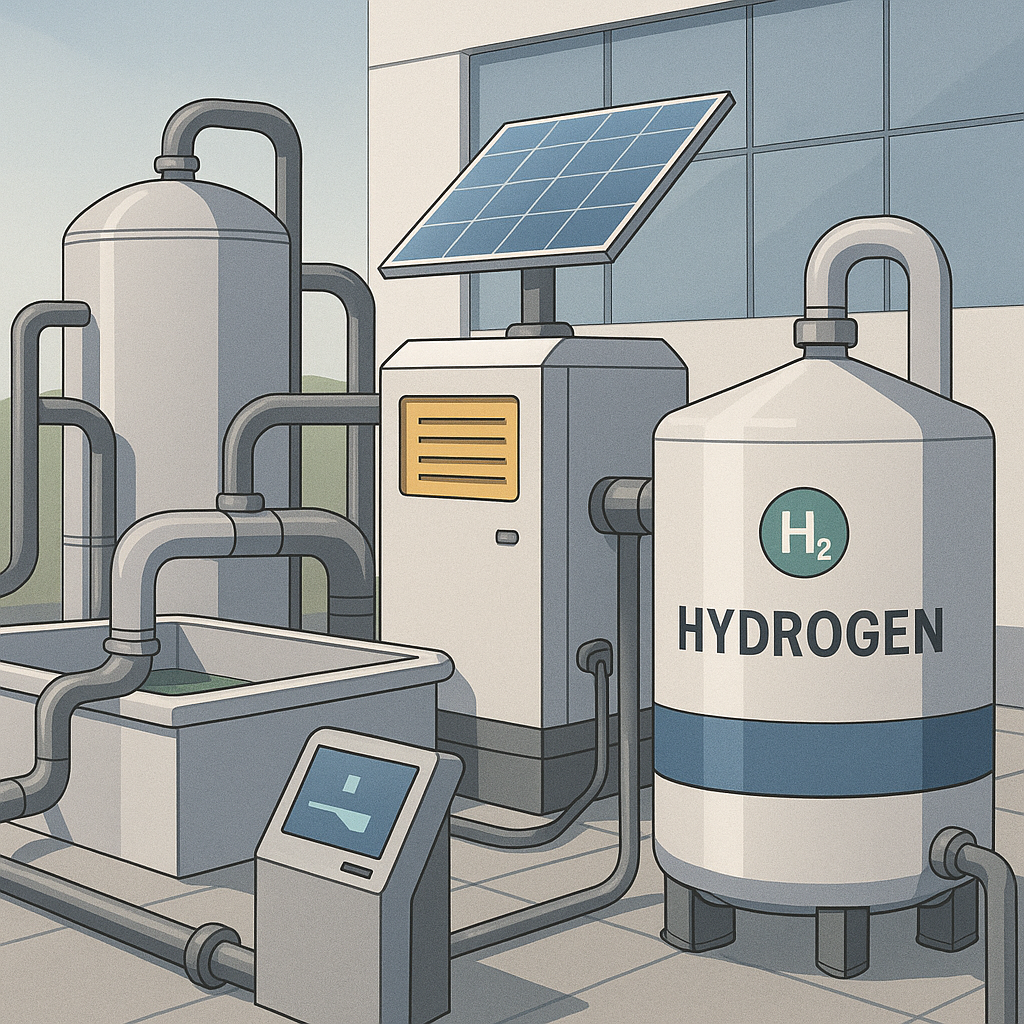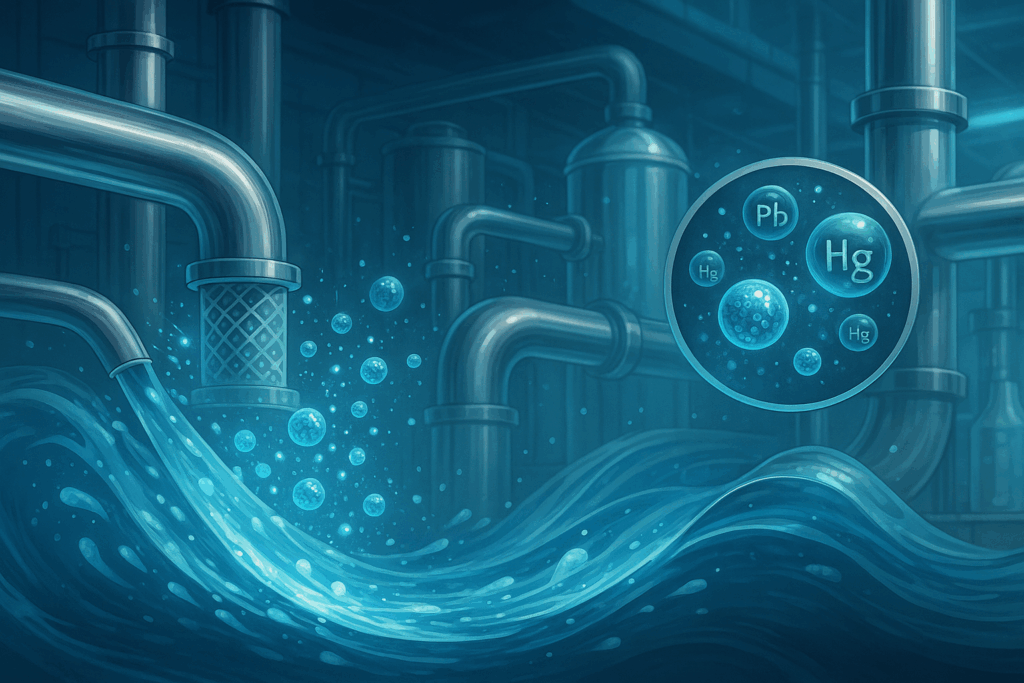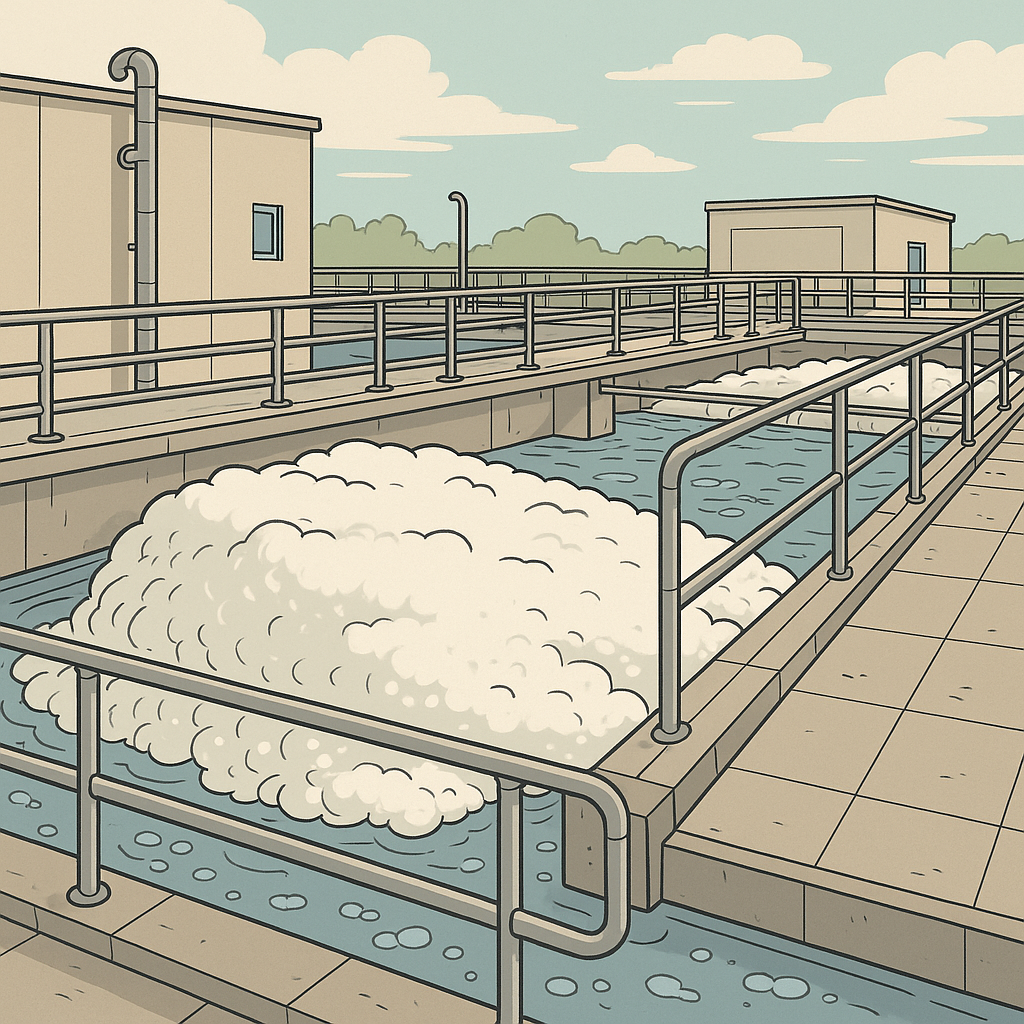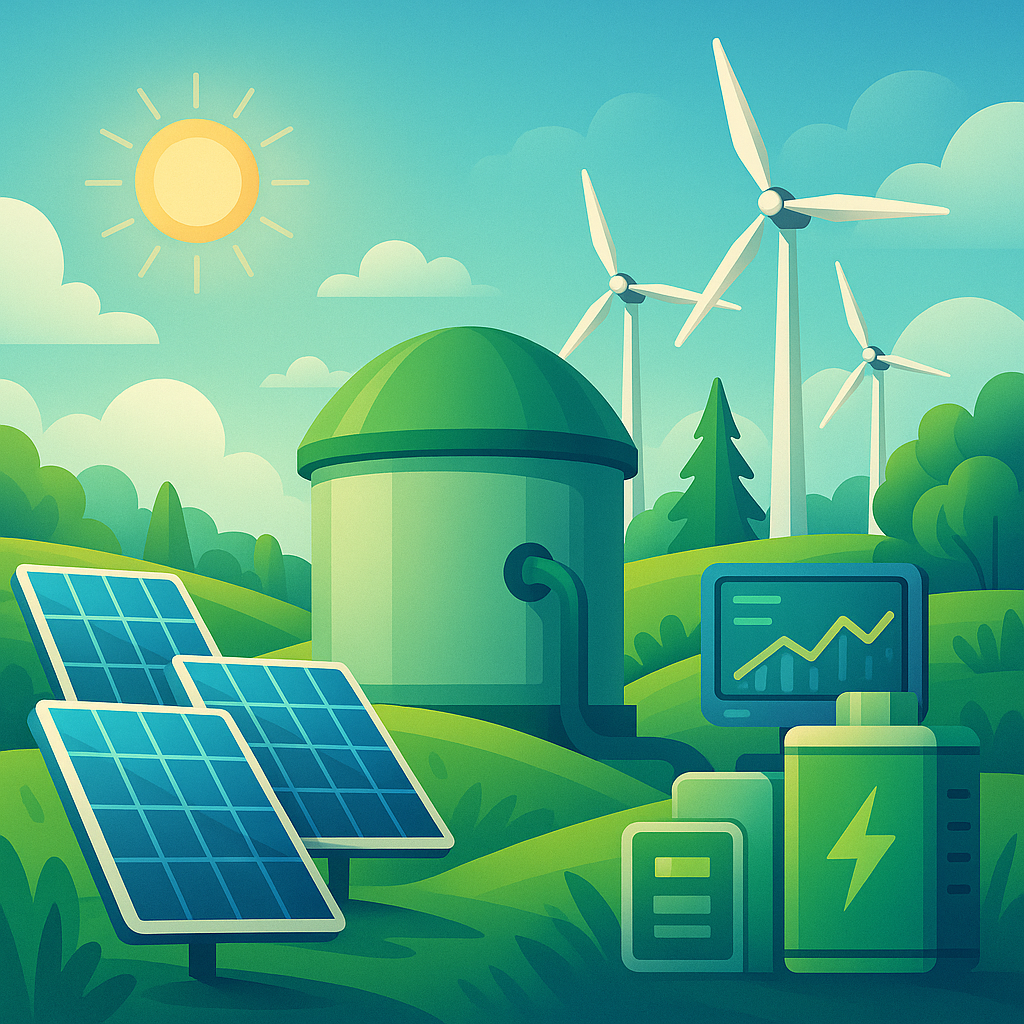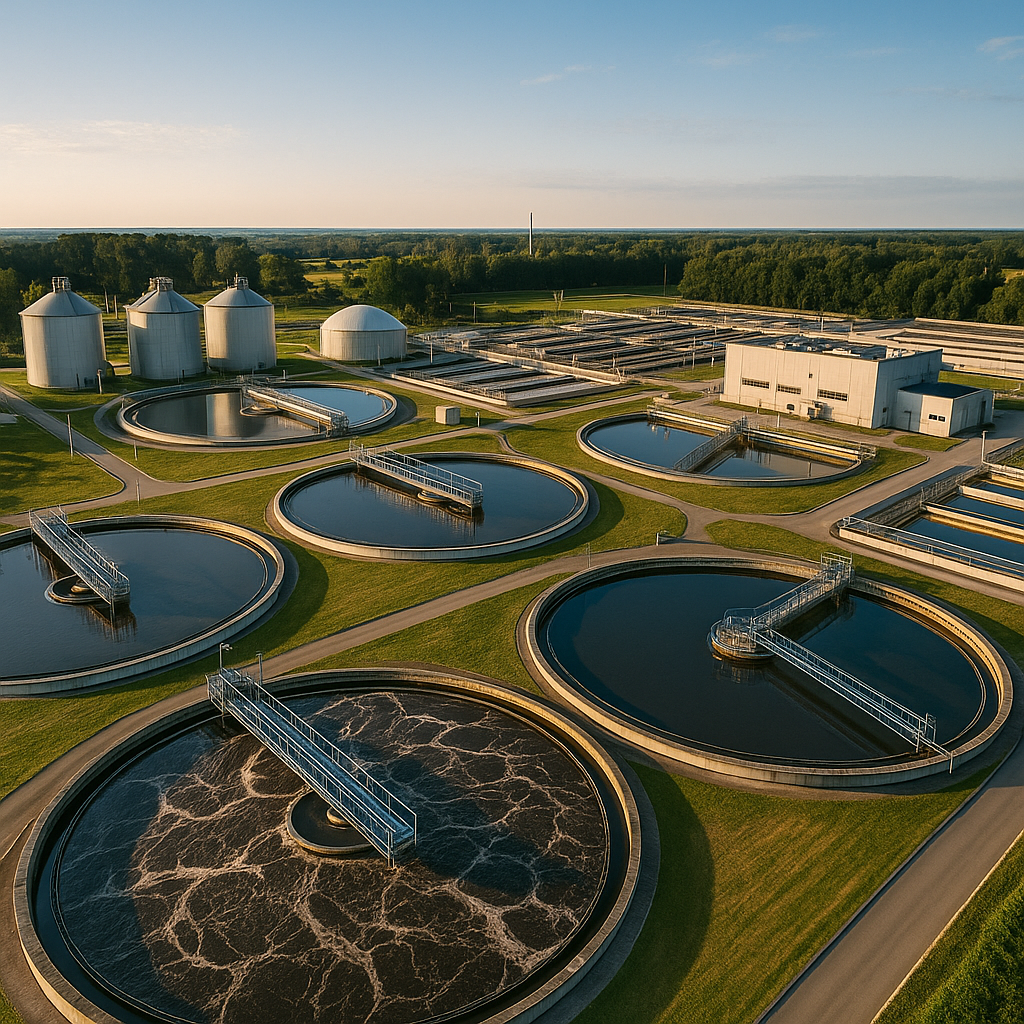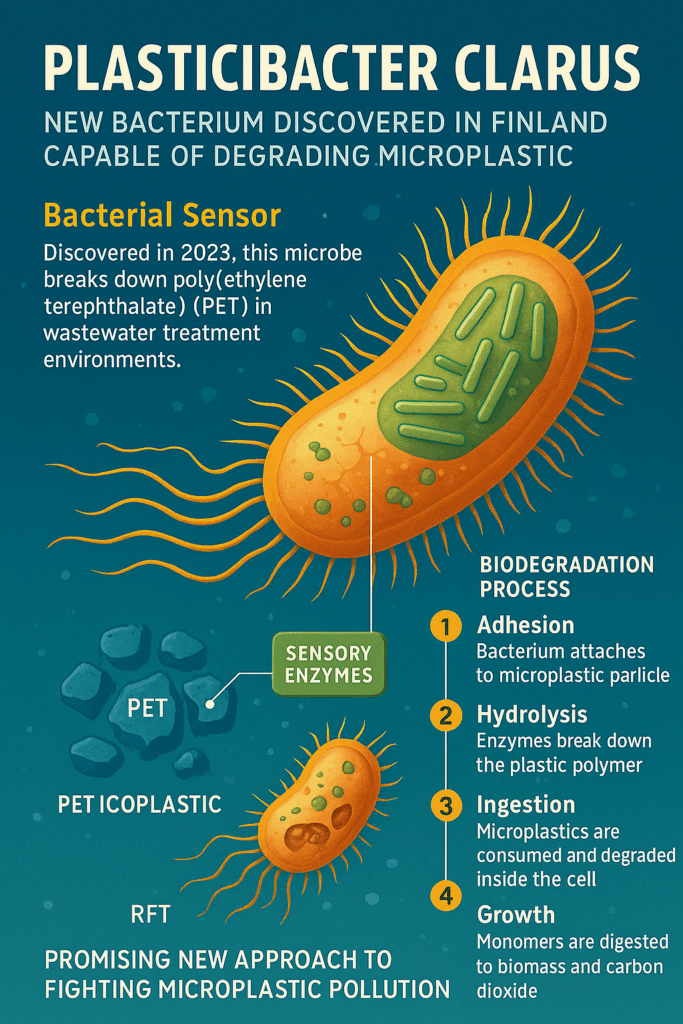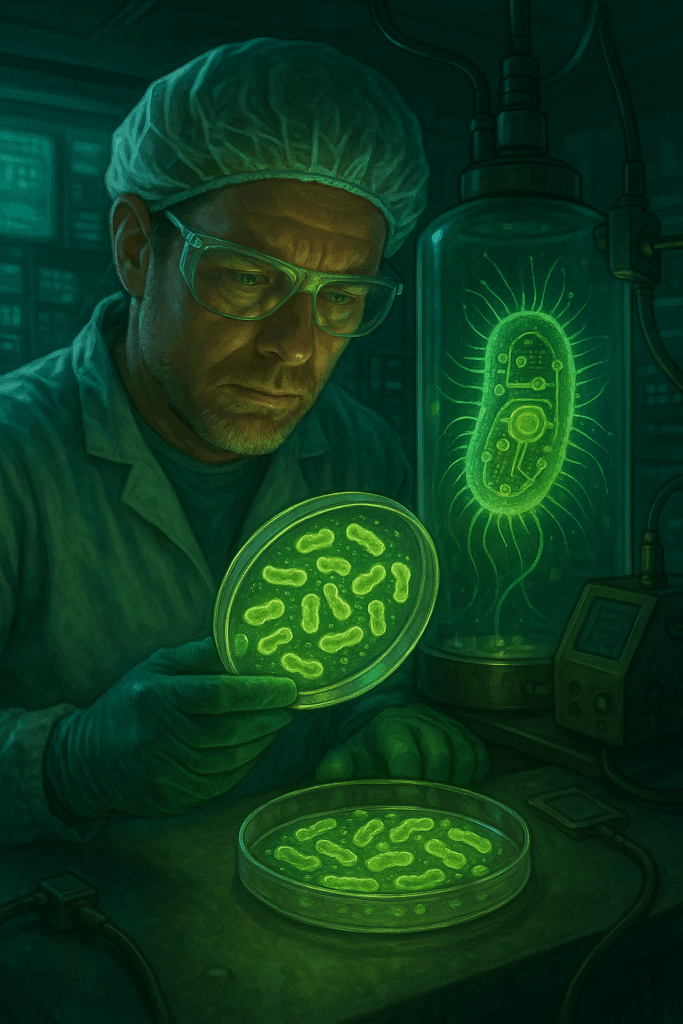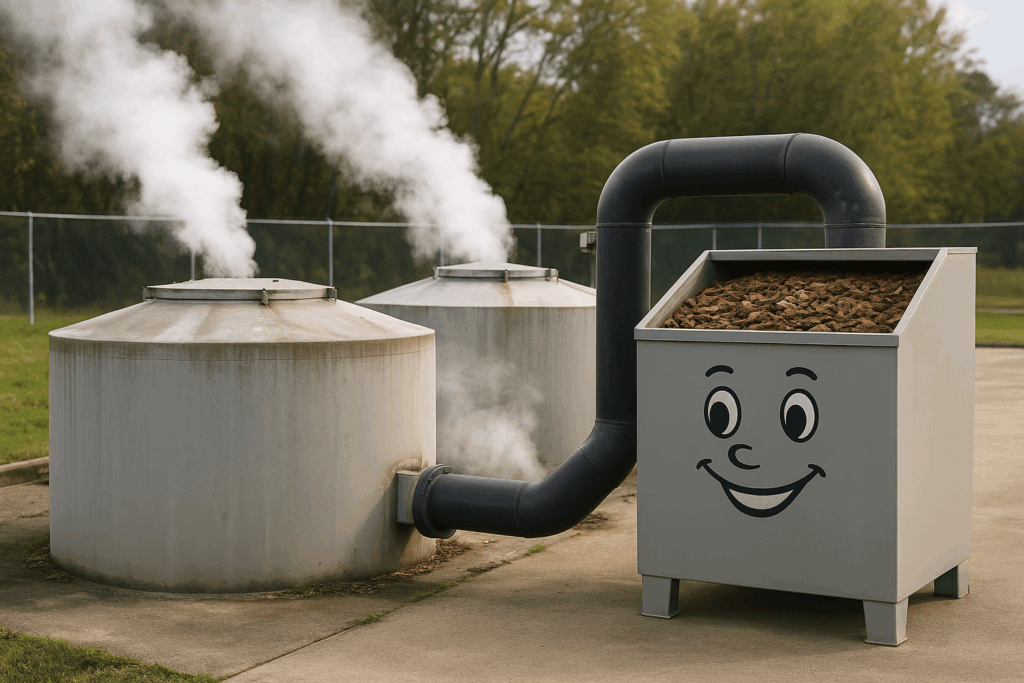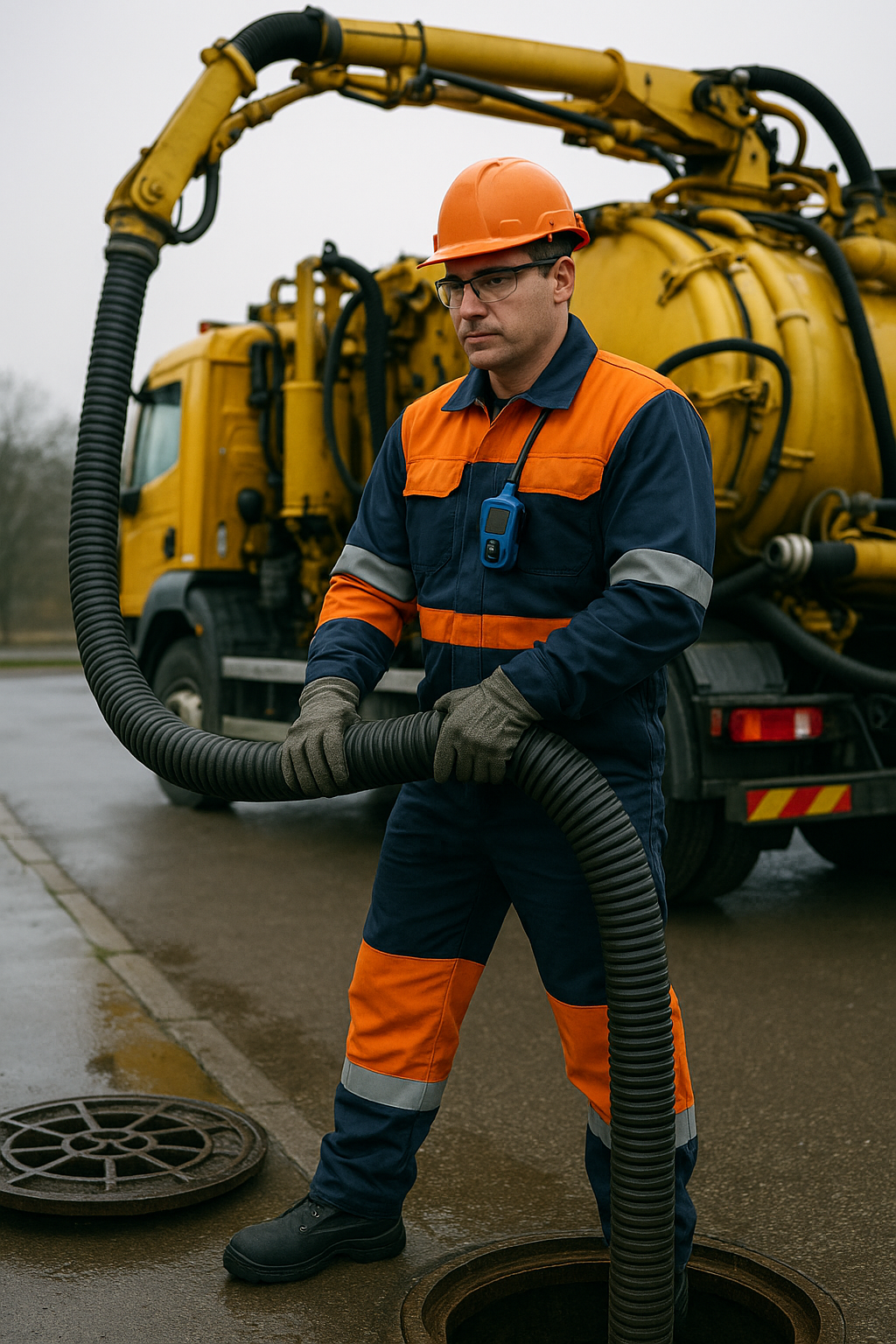Odzysk zasobów ze ścieków: zielony wodór i białko z osadów ściekowych – innowacyjna technologia
Odzysk zasobów ze ścieków – zielony wodór i białko z osadów Data publikacji: 14 sierpnia 2025 Wprowadzenie do odzysku zasobów ze ścieków W szybko rozwijającym się świecie gospodarka wodno‑ściekowa stoi przed wyzwaniem nie tylko neutralizacji zanieczyszczeń, ale również wykorzystania strumieni odpadów jako źródeł cennych surowców. W ostatnich latach koncepcja resource recovery zyskała na znaczeniu. Zamiast […]

